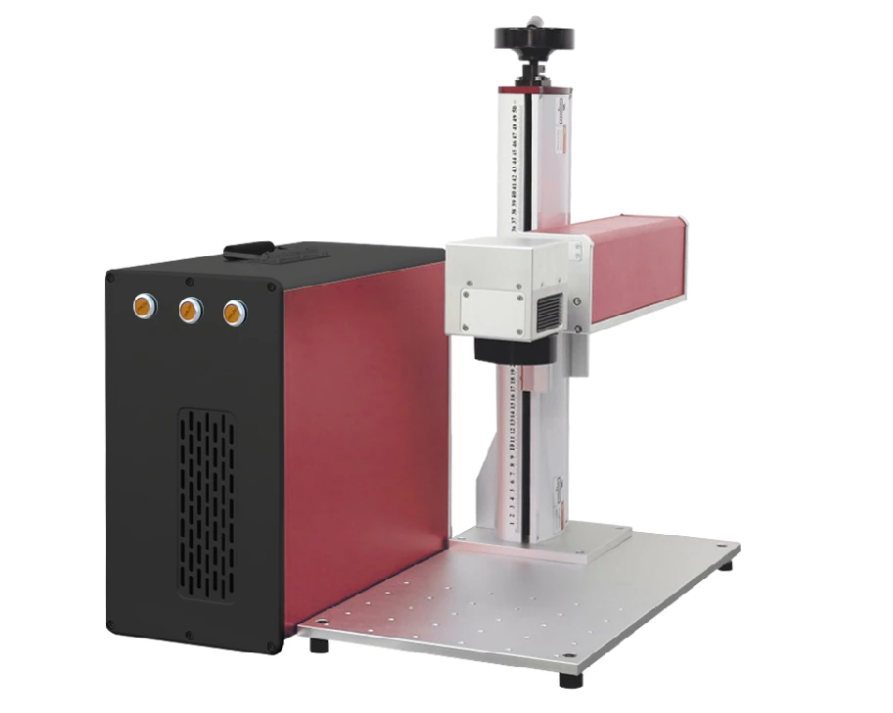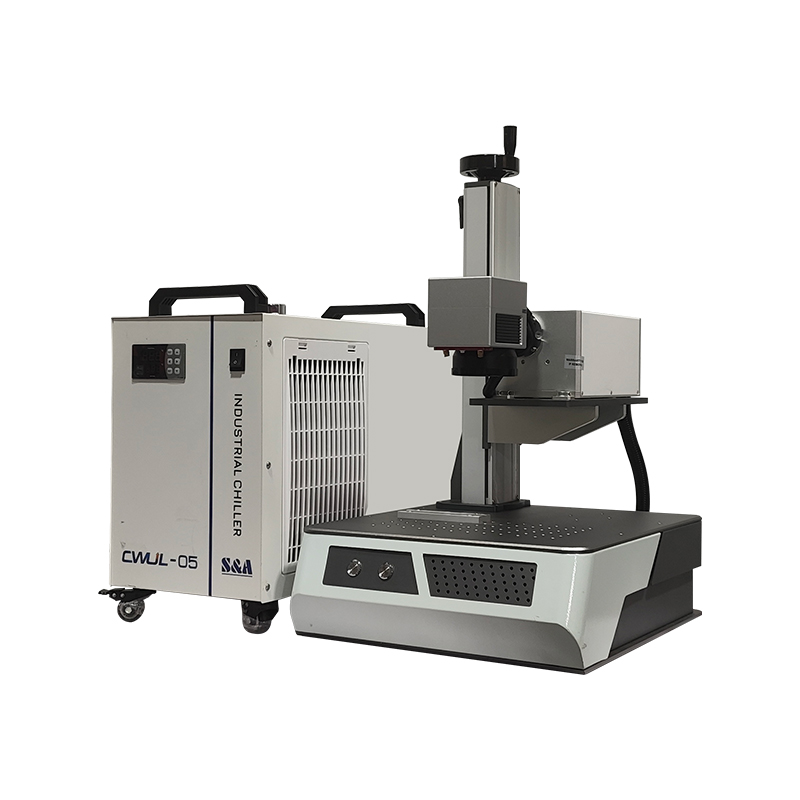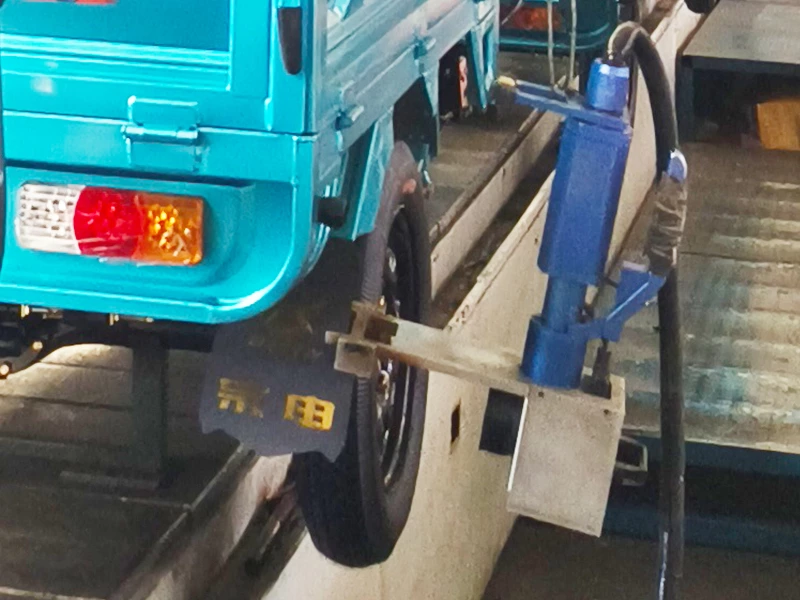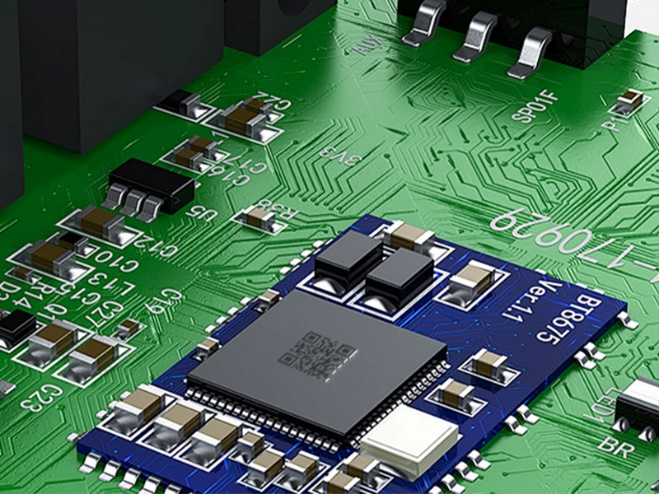From Phones to Smart Wearables: How Laser Marking Ensures the Safety of Your Electronic Products?
In our interconnected world, electronic products are indispensable, yet concerns about authenticity, quality, and traceability are paramount. A powerful solution has emerged: laser marking, acting as an “invisible ID card” for devices.
This article explores how laser marking serves as this essential identifier, detailing its mechanisms for traceability, highlighting its diverse applications across the electronics industry, and guiding the selection of suitable equipment. We’ll examine how laser marking machines for laptops, phones, and wearables are revolutionizing traceability and anti-counterfeiting, fostering a safer, more transparent market.
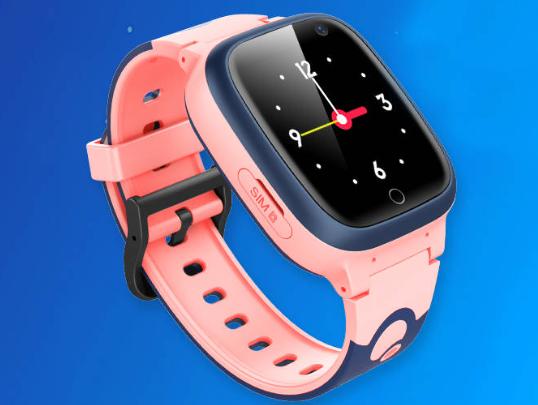
What is the “Invisible ID Card” of Electronic Products?
Imagine each electronic device possessing a unique, indelible identifier – a digital fingerprint etched directly onto its surface. This is essentially the role of laser marking in the realm of consumer electronics. Unlike traditional labeling methods that can be easily removed, tampered with, or degraded over time, laser marking utilizes a focused beam of light to permanently alter the surface of a material. This process creates high-resolution marks, such as serial numbers, barcodes, QR codes, and even intricate logos, without physically contacting the product. This “invisible ID card” becomes an integral part of the device itself, providing a foundation for comprehensive traceability and enhanced product safety.
How Does Laser Marking Achieve Traceability in Consumer Electronics?
Traceability in the electronics industry refers to the ability to track a product, its components, and its history throughout the entire supply chain – from raw material sourcing and manufacturing to distribution and the end consumer. Laser marking plays a pivotal role in establishing this crucial link by enabling the creation of unique identifiers that can be integrated with sophisticated data management systems.
The Principle of Laser Marking: Etching Unique Identifiers
Laser marking machines use focused light beams (fiber, UV, or CO2 lasers) to create permanent marks through:
Carbonization: Dark marks on plastics via controlled burning (e.g., laptop serial numbers).
Foaming: Light-colored marks on dark polymers (common in wearables).
Ablation: Removing surface layers on metals (used for aerospace-grade aluminum phone frames).
A smartphone motherboard might carry 20+ laser-etched codes, each readable by vision systems at 500 units/minute.
Advantages of Laser Marking in Traceability
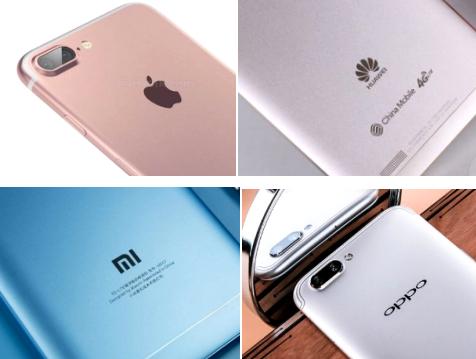
Permanence and Durability: Unlike ink printing, which can fade over time, laser markings are resistant to wear, heat, and chemicals.
High Precision: Laser technology can create intricate designs and markings as small as a few micrometers, ensuring accuracy even on compact electronic components.
Non-Contact Processing: The laser beam does not physically touch the surface, reducing the risk of mechanical damage.
Eco-Friendly: Laser marking does not require consumables such as inks or solvents, making it an environmentally sustainable option.
Enhanced Anti-Counterfeiting Measures: Laser markings are difficult to alter or replicate, helping prevent counterfeit products from entering the market.
Application Scenarios of Laser Marking Traceability in the Electronic Products Industry
Mobile Phone Industry
Mobile phones are among the most frequently counterfeited electronic products. To combat this, manufacturers use laser marking to engrave IMEI numbers, serial numbers, and brand logos onto phone casings, circuit boards, and batteries. These markings help authorities and consumers verify authenticity and trace the phone’s production and distribution history.
Smart Wearable Devices
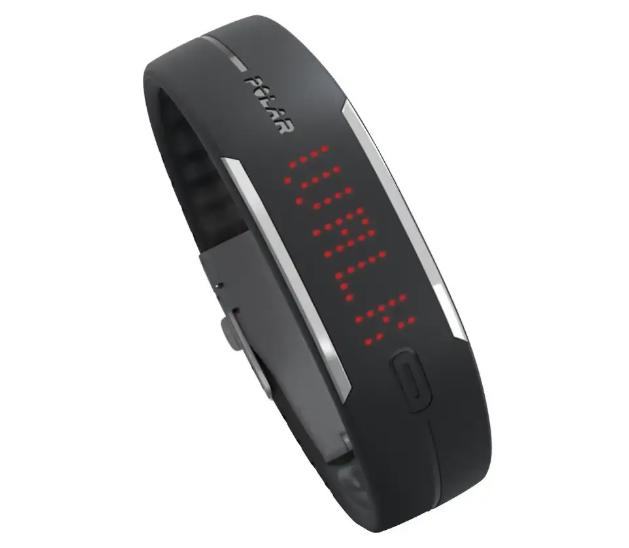
Smartwatches, fitness trackers, and wireless earbuds are becoming increasingly popular. Due to their small size, these devices require ultra-precise markings that do not compromise aesthetics. Laser marking is the preferred method for engraving QR codes, regulatory symbols, and batch numbers on smart wearable devices, ensuring both traceability and branding.
Other Electronic Products (Tablets, Laptops)
Laptops and tablets also benefit from laser marking for anti-theft identification, regulatory compliance, and branding purposes. Manufacturers engrave serial numbers, company logos, and security labels on metal or plastic casings to ensure product legitimacy and easy identification in case of theft or loss.
How to Choose the Right Laser Marking Equipment?
Key Indicators
When selecting laser marking equipment for electronic products, several factors must be considered:
Material Compatibility: Different electronic devices use various materials such as plastic, aluminum, stainless steel, and glass. Choosing the appropriate laser type (fiber, CO2, or UV) ensures optimal marking quality.
Precision Requirements: Electronics often require high-resolution markings with micro-level precision. High-speed, high-accuracy laser systems are ideal for detailed engravings.
Production Capacity Needs: The speed of laser marking machines should align with the production line’s throughput to maintain efficiency.
Zixu Laser Marking Machines, Assisting Electronic Product Traceability
Zixu provides cutting-edge laser marking solutions tailored for the consumer electronics industry. Their high-precision fiber and UV laser marking machines offer superior marking quality, fast processing speeds, and user-friendly operation. By integrating Zixu Laser’s advanced technology, manufacturers can enhance product traceability, improve anti-counterfeiting measures, and ensure compliance with industry standards.
Fiber Laser Marking Machine
UV Laser Marking Machine
Conclusion: Future-Proof Your Electronics with Laser Traceability
In an era where counterfeit electronic products pose significant risks, laser marking technology plays a vital role in ensuring product safety and authenticity. By providing permanent, high-precision markings on mobile phones, smart wearables, and laptops, laser marking enables seamless traceability across the entire product lifecycle. Choosing the right laser marking equipment, such as Zixu Laser’s solutions, empowers manufacturers to enhance security, boost brand reputation, and comply with industry regulations. As consumer electronics continue to evolve, laser marking will remain an indispensable tool in safeguarding product integrity and consumer trust.
Recommended Products

